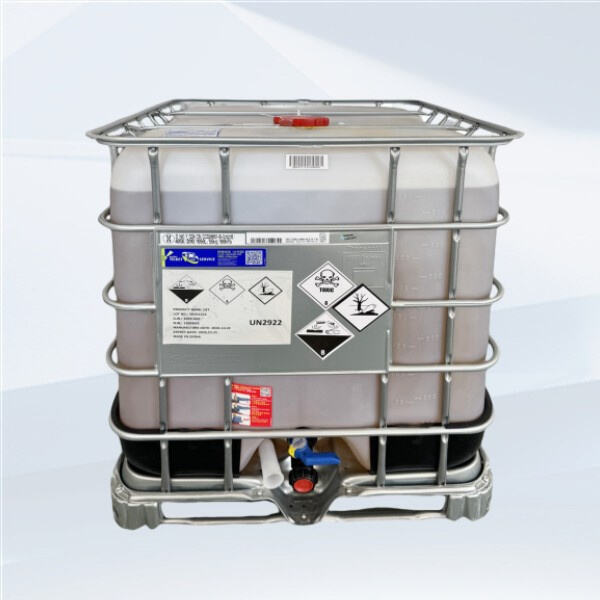When engineers design fungicides, they must tweak specific parameters to ensure that the fungicide will effectively kill a pathogenic fungus when sprayed on crops. Fungicides are chemicals designed to prevent diseases that are caused by fungi to plants. For engineers, understanding the chemistry behind the fungicides is necessary so that they can design a product that can be safely used and will work efficiently when sprayed on plants at the farm.
Azole fungicides act on the fungi cells behind the disease in plants. They inhibit the growth and spread of fungi, and protect the crops from damage. Engineers must know the appropriate mix of chemicals in fungicides so that the chemicals are strong enough to kill the fungi yet not damaging to the plants or the environment.
Diverse crops may need varied fungicides to keep them free from diseases. When a biopesticide is not available, engineers must take into consideration the most common individual fungus and select a fungicide that targets that fungus. For instance, what works well as a fungicide on tomatoes may not do so on strawberries. Engineers can assist farmers with this task by choosing the proper fungicide for specific crops to ensure their plants are healthy and strong.

Timing fungicides properly is also critical to its effectiveness. Fungi can spread like wild fire thus it is paramount to spray a foliar fungicide well before a disease can begin to take hold in the crops. The challenge is for engineers to develop fungicides that can offer long-term protection, to cut down on the number of applications needed. With fungicides, farmers can prevent diseases and contribute to safeguarding their crops through the season.

Fungicide Storage and Handling Fungicides should be properly stored and handled to prevent them from losing their effectiveness and causing damage to the environment. Engineers have to design some kind of packaging to keep fungicides safe from sunlight and moisture that might degrade them. Correct labeling is also necessary, so that the farmers know how to use the fungicide correctly and safely. Through proper storage and handling of fungicides, engineers can help protect both the crops and the environment.

Strict tests have to be carried out on fungicides that are to be applied to the crops. Engineers test the fungicide and find out how well it can inhibit fungus and protect the plants from diseases. They also evaluate the fungicide to ensure that it will not harm organisms such as beneficial insects or animals in the environment. Engineers can develop fungicide efficacy and environmental safety tests, then build a product that is effective and not harmful to the environment.